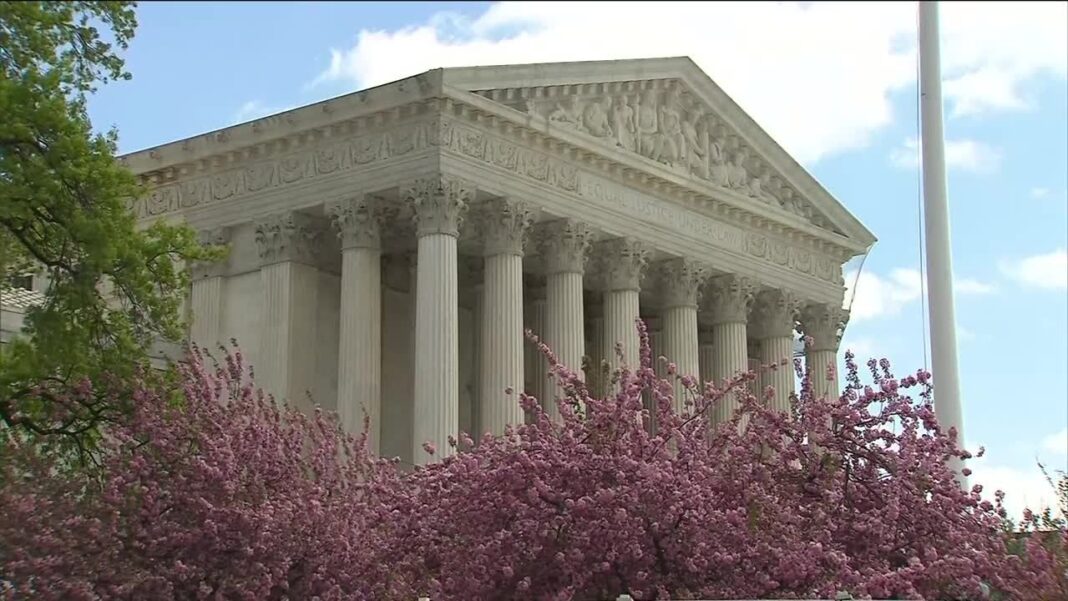A divided Wisconsin Supreme Court voted 4–3 to take up a lawsuit from Wisconsin voters over the state’s redistricting process that may lead to the court drawing up the state’s new electoral map for 2022 if the Democratic governor and Republican state legislature fail to agree on one.
The lawsuit, Johnson v. Wisconsin Elections Commission, was filed with the Wisconsin Supreme Court on Aug. 23 invoking the court’s original jurisdiction.
Although the state legislature and the governor, currently Tony Evers, normally approve new legislative maps, some Wisconsinites fear that a divided government will lead to an impasse that will require a judicial plan for apportionment. They note that the two branches of government have repeatedly failed in recent decades to agree on new maps after new census results are released and view the lawsuit as a kind of insurance policy against the chaos that the absence of a redistricting blueprint could bring.
On Sept. 22 the court agreed to hear the case. The petitioners are represented by a conservative group, the Wisconsin Institute for Law & Liberty (WILL).
WILL’s petition to the court states that the “results of the 2020 census make clear what everyone knew would occur. Based on population increases and decreases in different geographic areas, the existing apportionment plans for Wisconsin’s Congressional, State Senate, and State Assembly seats no longer meet the Wisconsin constitutional requirements summarized in the principle of one person, one vote.”
The U.S. Census Bureau delivered apportionment counts on Aug. 12 to President Joe Biden based upon the 2020 census, the petition states. From 2010 to 2020, Wisconsin’s population rose to 5,893,718 from 5,686,986. Because there are eight Wisconsin congressional districts, this means the ideal population of each district is 736,715. The population of the districts ranges from a low of 695,395 in the 4th Congressional District to a high of 789,393 in the 2nd Congressional District.
Republicans hold five of the state’s seats in the U.S. House of Representatives; Democrats hold three.
“The Petitioners, among many others, now live in state and/or congressional voting districts that have many more people than live in other districts and, as a result, have a diluted vote relative to the votes of others who live in less populated districts.”
WILL deputy counsel Anthony LoCoco explained why his organization brought the legal action.
With the new census results, “Wisconsin’s districts are no longer constitutionally apportioned, due to population shifts,” LoCoco told The Epoch Times.
“Some districts are overpopulated and some are underpopulated, meaning that Wisconsinites’ right to the principle of one person one vote is no longer being protected.”








